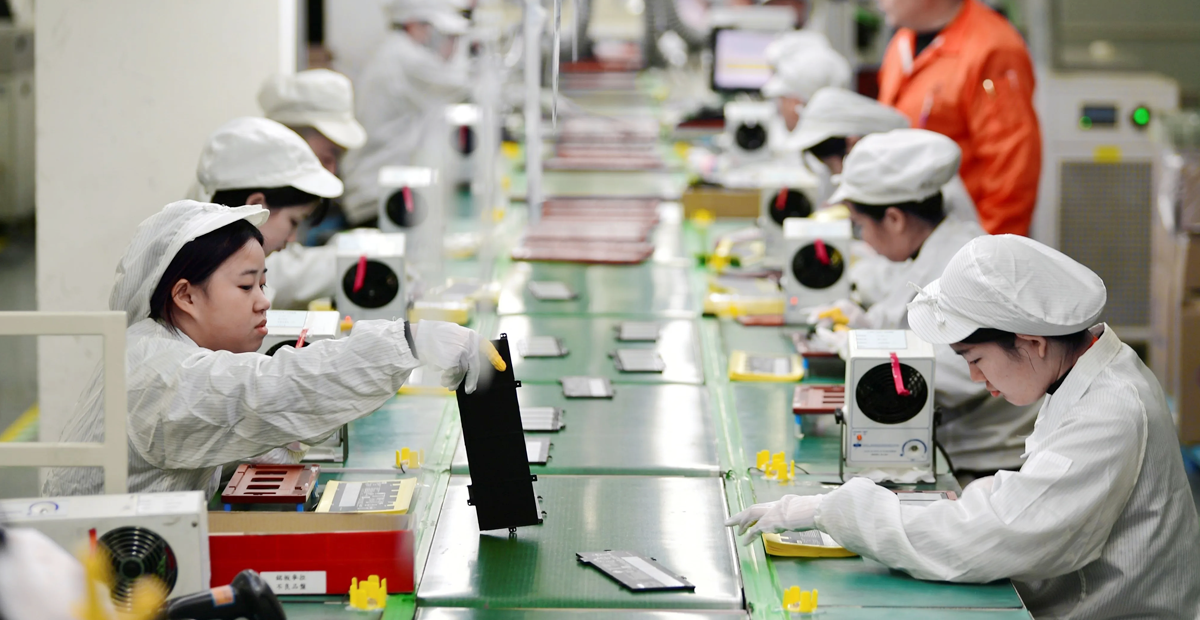China Sees Unexpected Industrial-Led Growth Surge
China reported higher-than-expected economic growth in the first quarter, with a 5.3% increase in GDP, surpassing previous quarters and expectations. However, this growth was mostly seen in the initial months, as evidenced by a slump in retail sales and a slowdown in industrial output in March, signaling potential difficulties ahead.
Economists like Xiaojia Zhi from Credit Agricole have noted the inconsistency between the strong GDP figures and the mixed data from March, suggesting that continued growth above 5% might prevent further policy easing by the government.
Despite the positive GDP data, the broader economic landscape shows signs of struggle. The manufacturing sector remains robust due to foreign demand and domestic advancements in technology. However, a severe real estate downturn and declining factory prices due to weak domestic demand and overcapacity are major concerns.
Financial indicators reflected these mixed conditions; the yuan was slightly weaker in offshore trading and stable onshore after the People’s Bank of China adjusted its stance on the currency. The 10-year government bond yield stayed at 2.28%.
Following the release, DBS Group Holdings Ltd adjusted their annual growth projection for China from 4.5% to 5%, citing stronger U.S. demand and a better job market, with a slight improvement in the urban unemployment rate.
The National Bureau of Statistics acknowledged a strong start to the year but also highlighted increasing external risks and an unstable economic foundation.
In response to these challenges, President Xi Jinping has emphasized high-tech and green energy industries to drive growth. Despite a promising start to 2024 in these sectors, poor performance in March has raised concerns about relying solely on foreign sales to propel the economy.
Comments from global figures like Philipp Hildebrand of BlackRock Inc. have pointed out the significant issues of low domestic demand and deflationary pressures, which are worsened by falling export values.
Tensions have also escalated with key trade partners over China’s aggressive export practices, drawing criticism from leaders like US Treasury Secretary Janet Yellen and German Chancellor Olaf Scholz.
While the strong first-quarter data suggests the 5% annual growth target is achievable, experts warn that more efforts are needed to stabilize the real estate market and boost consumer spending.
To address this, the government is promoting a trade-in initiative to refresh corporate and household appliances, which has already positively impacted shares in Chinese appliance firms.
Lastly, global economic conditions, particularly the strong US economy, may limit China’s monetary policy options, with diminishing prospects for interest rate cuts by the central bank despite some currency flexibility intended to support exports.











